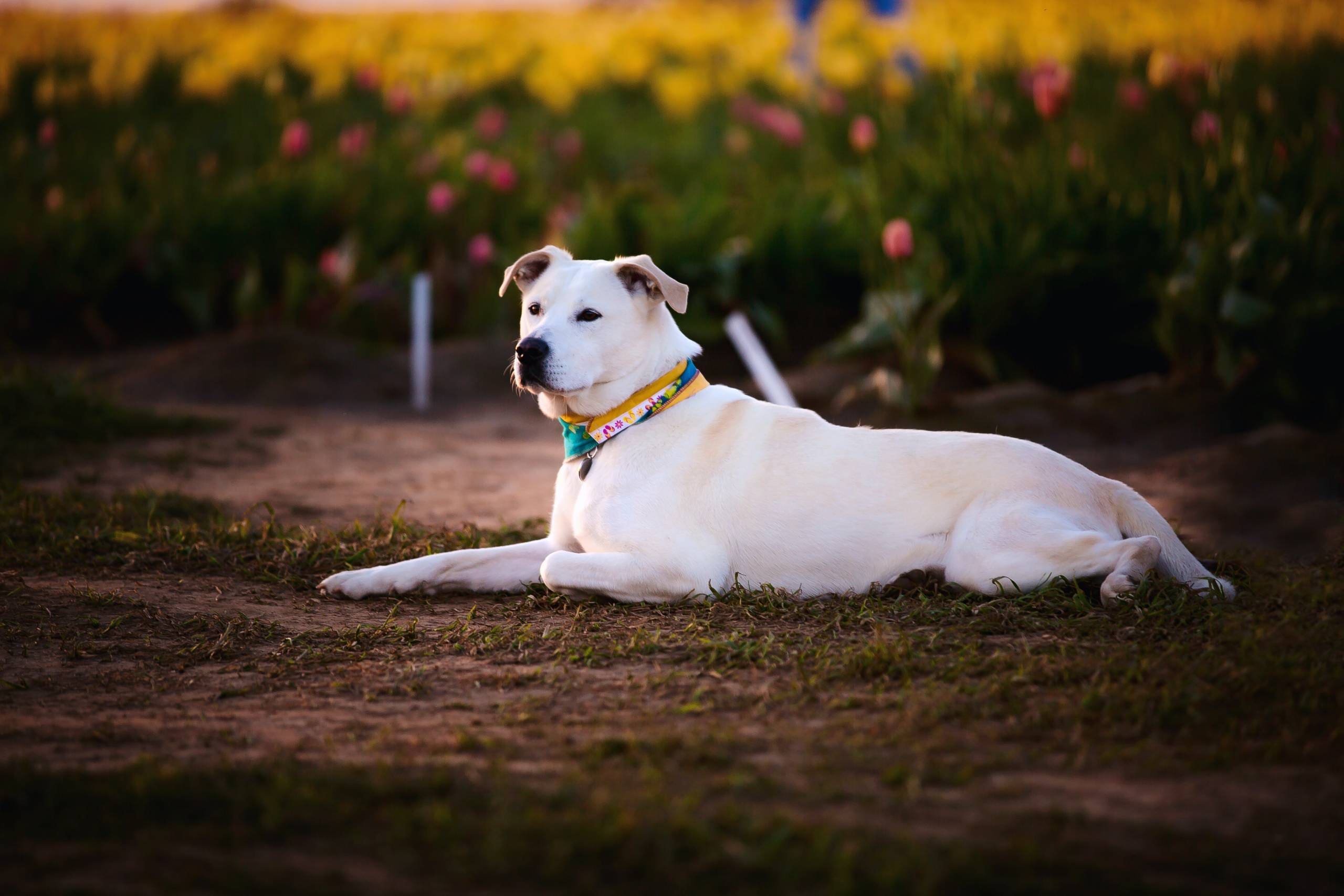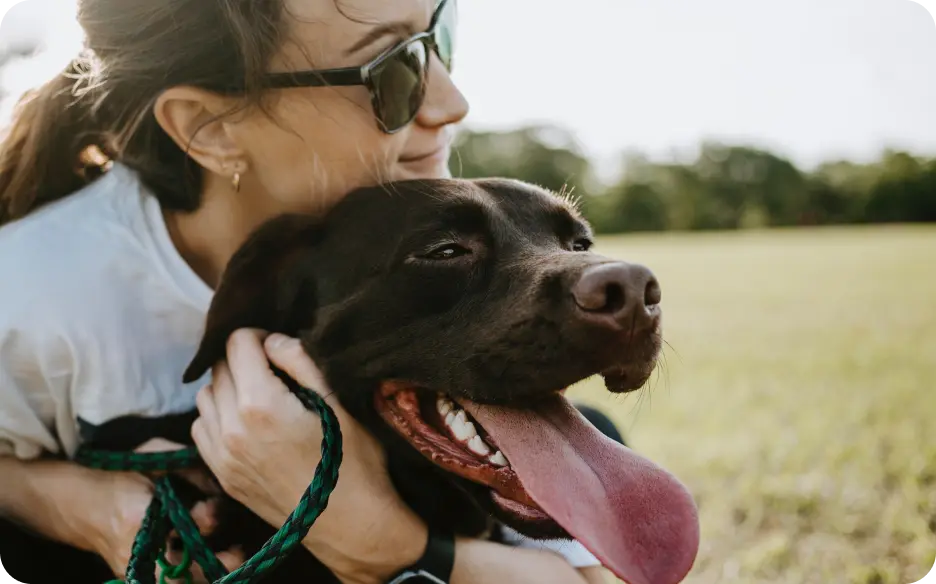When deciding to bring a dog into your home, training is a crucial consideration. First-time dog owners often wonder which breeds are the easiest to train. While each dog has its own personality and learning pace, certain breeds are widely recognized for their willingness to learn and their ability to understand commands quickly. Knowing these characteristics can assist prospective owners in selecting a breed that suits their training goals and lifestyle.
Traits of Easily Trainable Dogs
Training a dog can be a fulfilling experience. It fosters a strong bond, establishes good behavior, and enhances the relationship between dog and owner. Choosing a breed known for trainability can make this journey smoother. Key factors include temperament, intelligence, and the breed’s history of working with humans.
Labrador Retrievers
Labrador retrievers often top the list for trainability. Renowned for their friendly nature and intelligence, they thrive on positive reinforcement and enjoy engaging with their owners. Their inherent desire to please makes them highly receptive to commands. Training a Labrador is typically a joyful endeavor, as they are quick learners who respond well to praise and treats. Their roles as service dogs and in search-and-rescue operations highlight their adaptability and learning capabilities.
Golden Retrievers
Golden retrievers share many of the same qualities as Labradors. With gentle and friendly temperaments, they are intelligent and eager to please, making them fantastic candidates for obedience training. Their social nature helps them bond well with families, and they respond positively to training methods that incorporate fun. Their history as hunting companions has endowed them with a keen focus, beneficial during training sessions.
Poodles
Poodles, available in standard, miniature, and toy sizes, are also recognized for their trainability. Highly intelligent, they excel in obedience training and thrive on mental stimulation. Training sessions serve as an opportunity for Poodles to engage their minds, making them adept at learning complex tasks. Their hypoallergenic coats add to their appeal, making them a popular choice for allergy sufferers.
Border Collies
Border collies are often celebrated for their exceptional intelligence and trainability. Originally bred for herding, they are energetic and require extensive physical and mental stimulation. They learn commands swiftly and excel in obedience training and various dog sports. However, their high energy demands necessitate an owner willing to invest time in exercise and training. For those prepared to commit, a border collie can be an incredibly rewarding companion.
Beagles
Though beagles may be a bit more independent than the previously mentioned breeds, they are still considered relatively easy to train, particularly with positive reinforcement. Curious and intelligent, beagles respond well to fun and engaging training methods. As scent hounds, they may occasionally follow their noses instead of commands, but with consistent training and patience, they can learn a variety of commands and skills.
Individuality in Training
When contemplating the easiest dog to train, it’s vital to consider each dog’s unique personality and the owner’s training style. While certain breeds are known for their trainability, individual dogs may differ significantly within those breeds. Factors like age, prior experiences, and socialization play pivotal roles in a dog’s learning ability. Puppies tend to be more open to new lessons, while older dogs may have established habits that require more time to modify.
The Role of Training Methods
Effective training methods are essential. Positive reinforcement, which includes reward-based techniques, is particularly effective across various breeds. This approach encourages desirable behavior by rewarding dogs for their successes, fostering a positive learning environment. Using treats, praise, or play as rewards can motivate dogs to learn commands and tricks. Recognizing that dogs learn at their own pace is crucial, and patience remains a key element in any training process.
Environment and Socialization
A dog’s learning ability can also be influenced by their environment. A stable and consistent home life enhances a dog’s capacity to learn. Dogs thrive on routine, and consistency in commands and training schedules reinforces learning. Proper socialization with other dogs and people contributes to a well-rounded and trainable pet, helping to reduce anxiety and fear that can hinder learning.
Building a Strong Bond
While some breeds may be easier to train than others, fostering a strong bond with your dog is essential. Building trust and understanding significantly improves the training process. Engaging in activities that your dog enjoys can transform training from a chore into a rewarding experience. Incorporating fun into training sessions keeps both the dog and owner motivated.
The Value of Mixed-Breed Dogs
It’s important to recognize that mixed-breed dogs can be just as trainable as purebreds. Many mixed-breed dogs inherit traits from their diverse backgrounds, often resulting in a unique blend of intelligence and temperament. Assessing each dog as an individual rather than relying solely on breed characteristics can lead to rewarding outcomes. Numerous rescue organizations and shelters offer wonderful mixed-breed dogs eager to learn and build strong connections with their human companions.
Choosing the Right Dog
Reflecting on your own lifestyle and preferences is key when selecting the easiest dog to train. Some breeds may demand more activity and mental engagement, while others might be more laid back. Finding a dog that complements your lifestyle makes training more enjoyable for both parties. A dog that aligns with your energy level and daily routine is likely to be more receptive to training.
Understanding your dog’s unique personality aids in the training process. Some dogs may require more encouragement and patience, while others may adapt quickly. Observing your dog’s responses and adjusting your training techniques accordingly can enhance success. Training should be a collaborative experience, allowing the dog to learn while fostering a robust bond between pet and owner.
The easiest dog to train is influenced by a combination of the dog’s personality, the owner’s commitment, and the training methods employed. Whether you choose a Labrador retriever, golden retriever, poodle, border collie, beagle, or a mixed-breed companion, the focus should always be on the relationship cultivated through training. The journey of training a dog may present challenges, but it also brings joy, laughter, and companionship. Each dog presents a unique set of traits, and embracing those differences leads to a fulfilling experience. A well-trained dog enriches your life with companionship, loyalty, and love, making the shared journey of training as meaningful as the destination.



